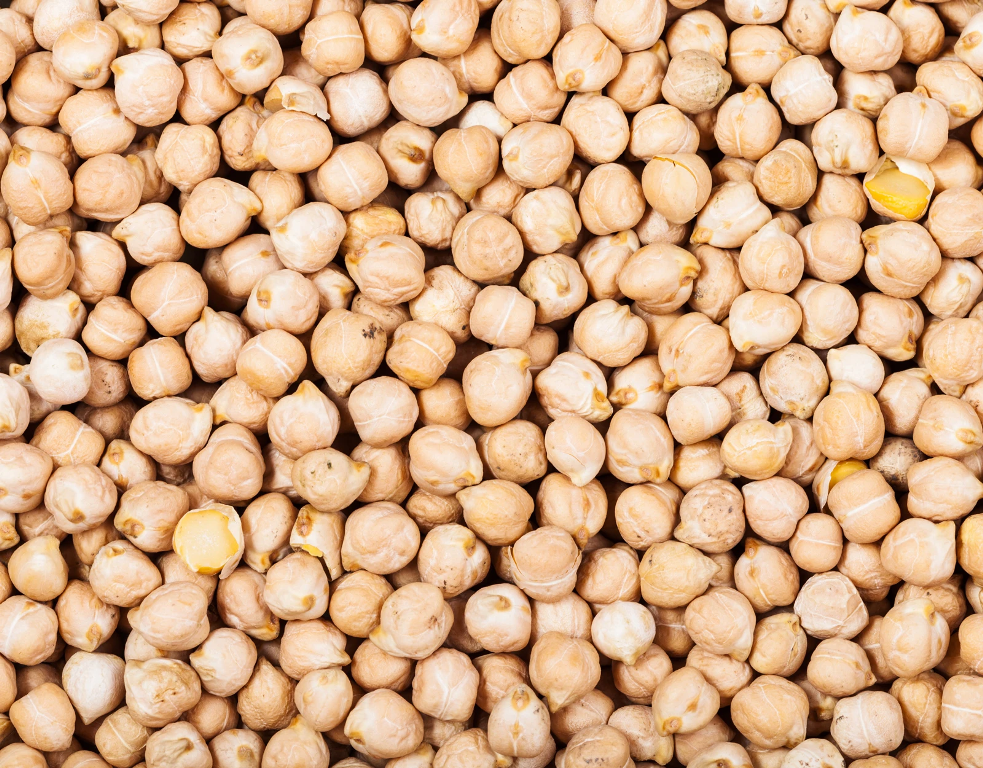
Prices in the major global trading centres of chickpeas remained firm in recent sessions amid seasonally light trading activity. There was concern regarding the production potential in North America and the possibility of import volume food grade products, which can happen from the region in forthcoming season. In Canada, supplies of marginal and feed quality chickpeas are estimated at satisfactory level. However, this does not seem to bear any negative influence on markets. This is because market is concerned over this year's production potential in North America and other supplying regions.
In the United States, the latest drought map index the Montana state (the major chickpea supplies in the country) shows that 85.5% of the land is considered abnormally dry, while 60.5% is experiencing moderate drought, 30.7% severe drought and 15.6% extreme. In 2020-21 the state of Montana reportedly contributed 45% of the intended chickpea area in the United States, followed by Idaho at 27% and Washington State at 23%.
Indian markets on the other hand back early week gains towards the weekend session. Buying interest in spot markets or mandis started reducing against the early week gains, which put some pressure on the price levels. In upcoming weeks, markets will not fall much from current price offers because of much lower carry over inventory over previous year and improving demand outlook for next few months. As the lockdown restrictions are getting relaxed, consumption may increase soon.
Last month, following the second wave of Covid-19, a few state governments including Rajasthan, Kerala and Uttarkhand have asked the centre to restart distribution of free food grains to 810 million poor people under the Pradhan Mantri Garib Kalyan Ann Yojana (PMGKAY) scheme. This scheme was launched last year during the first wave of the pandemic.
Under this, the centre had distributed 5 kg rice or wheat per person and one kg of pulses per family covered under the National Food Security Act from April- November 2020. The government had allocated 32.2 million tonnes of food grains free of cost in 2020, at the financial cost of Rs 1.22 lakh crore in addition to Rs 12,000 crore spent for the distribution of pulses and chana under PMGKAY scheme.
In case the scheme gets implemented again then it would imply that the government shall purchase additional quantity of chana from the open market, leading to better profit margins for the traders or farmers, as this will help in keeping prices firm. In the futures market, NCDEX June/July Chana is most likely to hold above Rs.5050/qtl this month but the upside may remain restricted to Rs. 5300-5350/qtl.
















